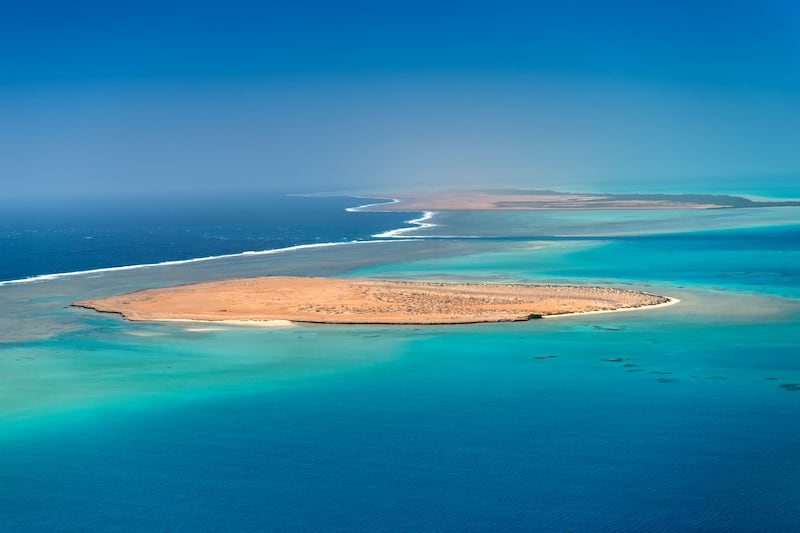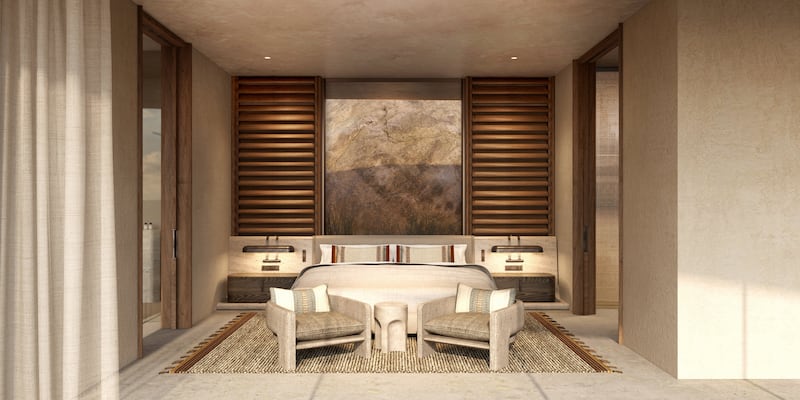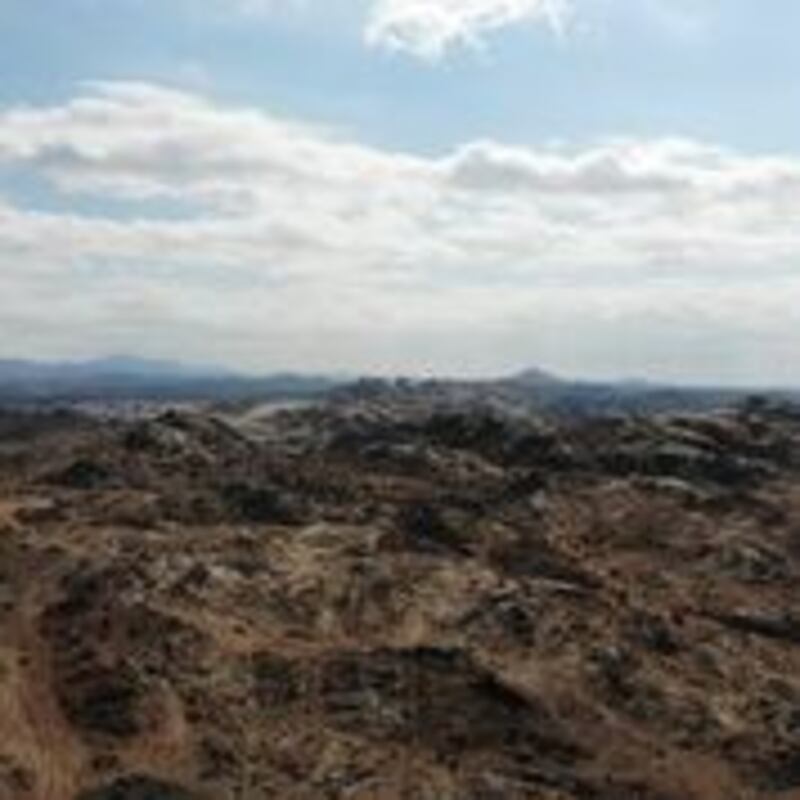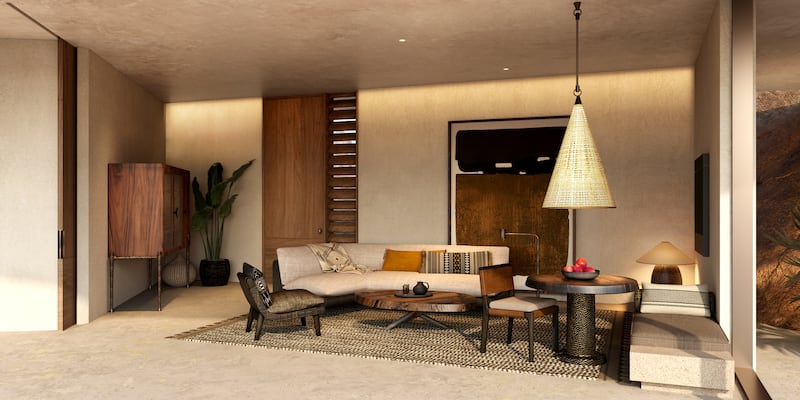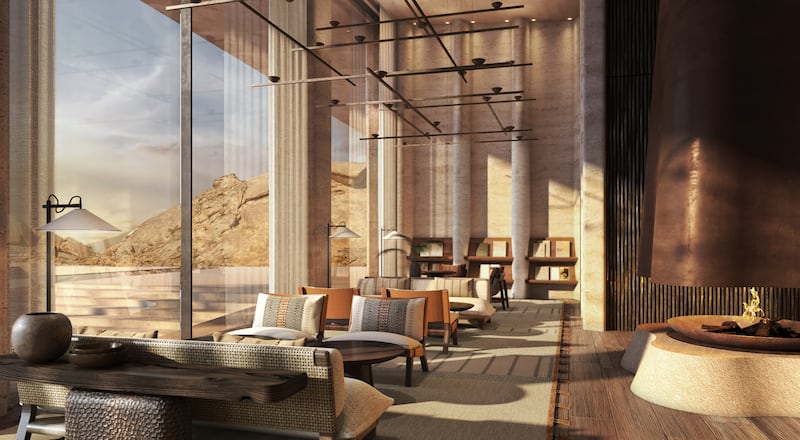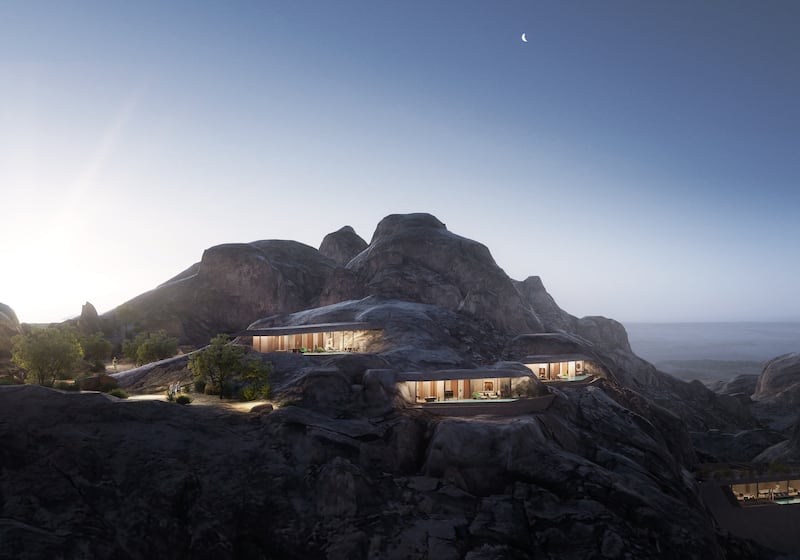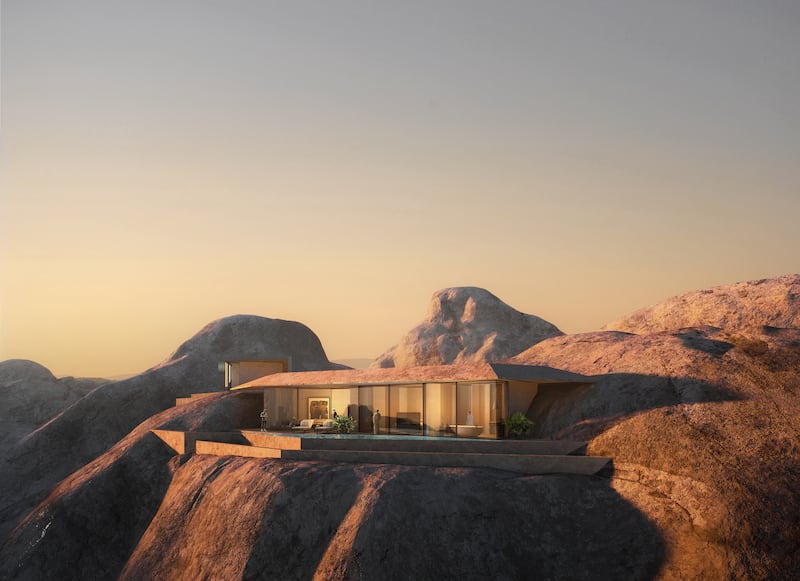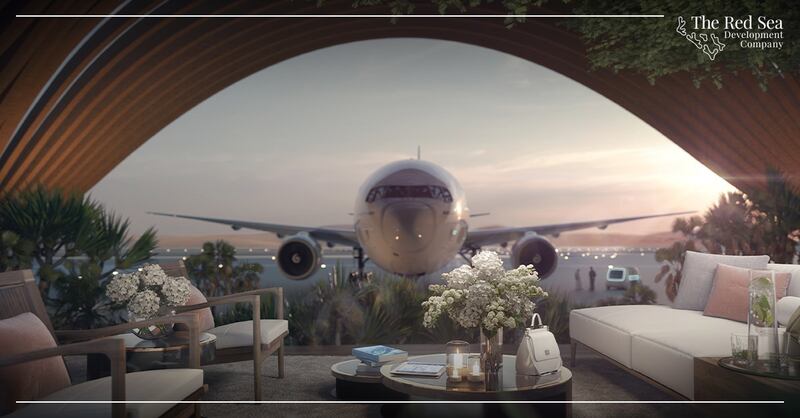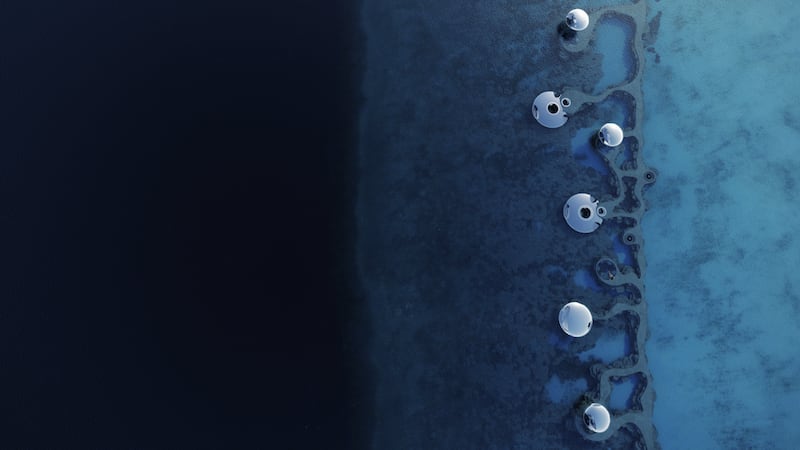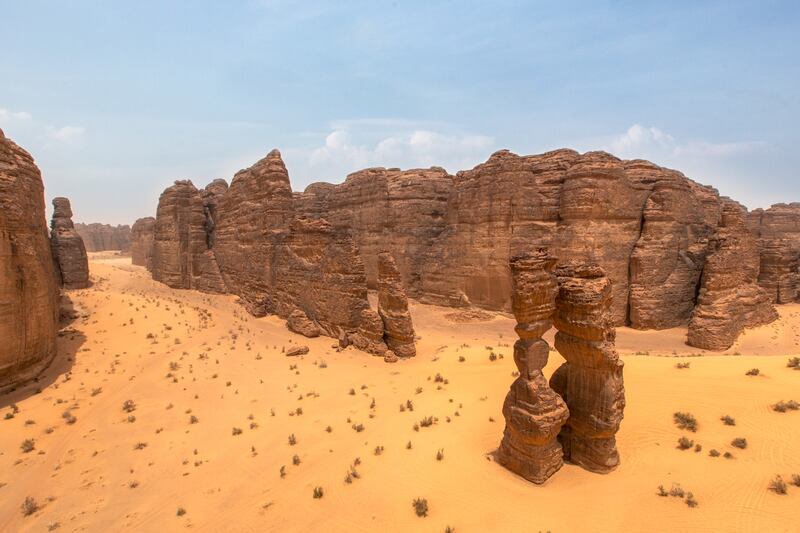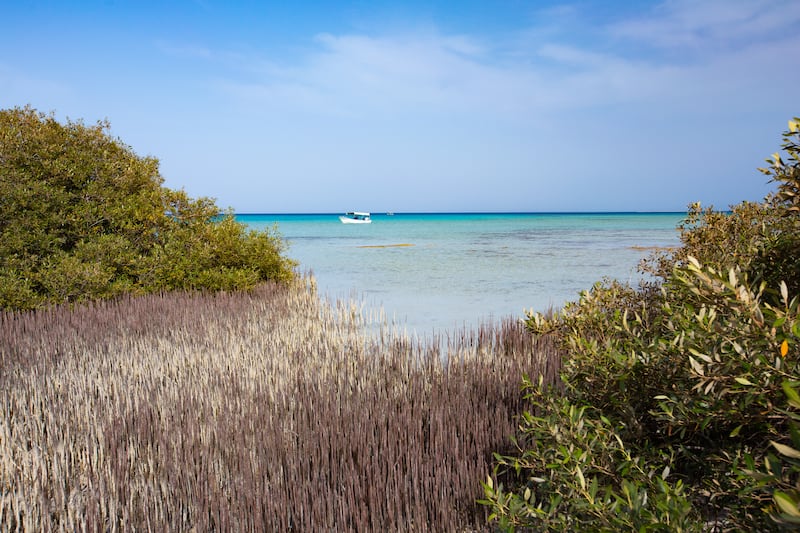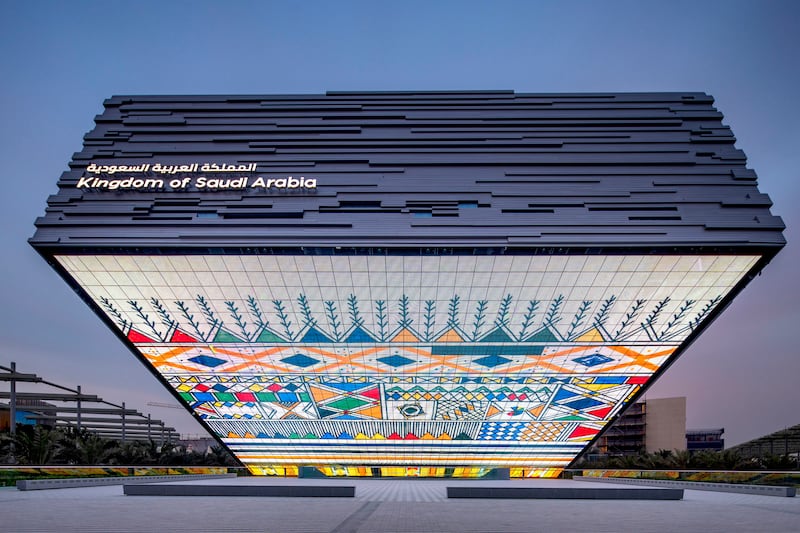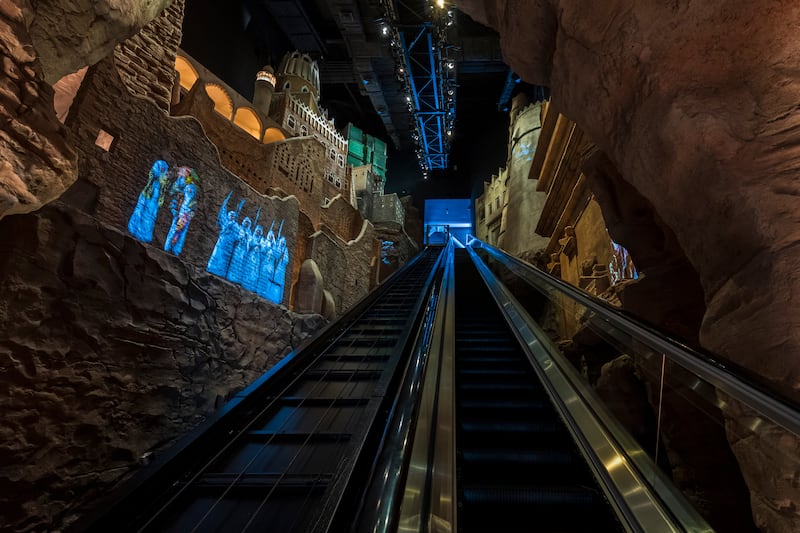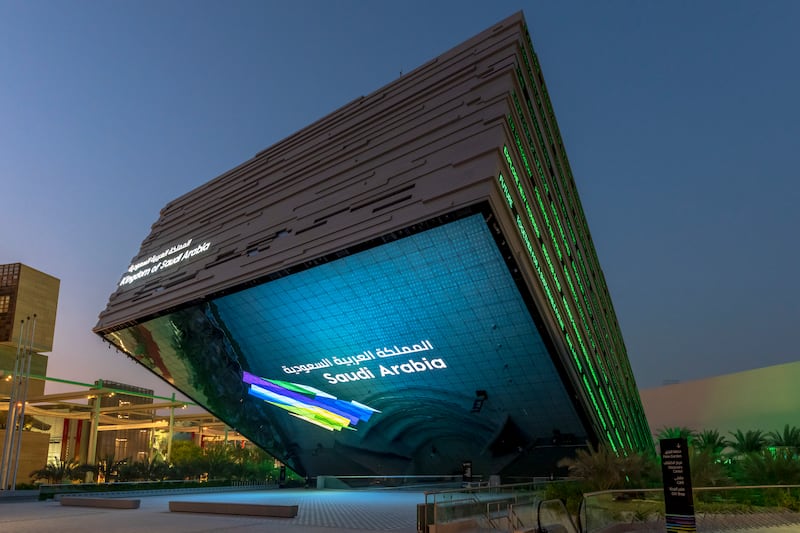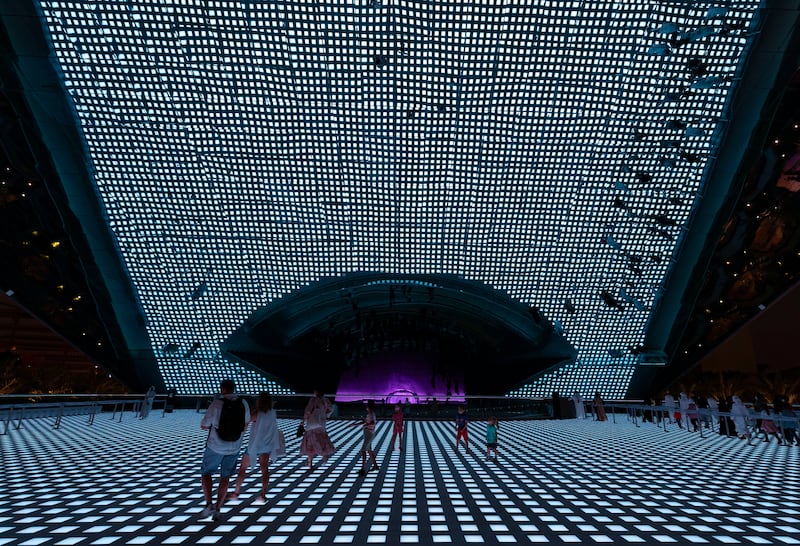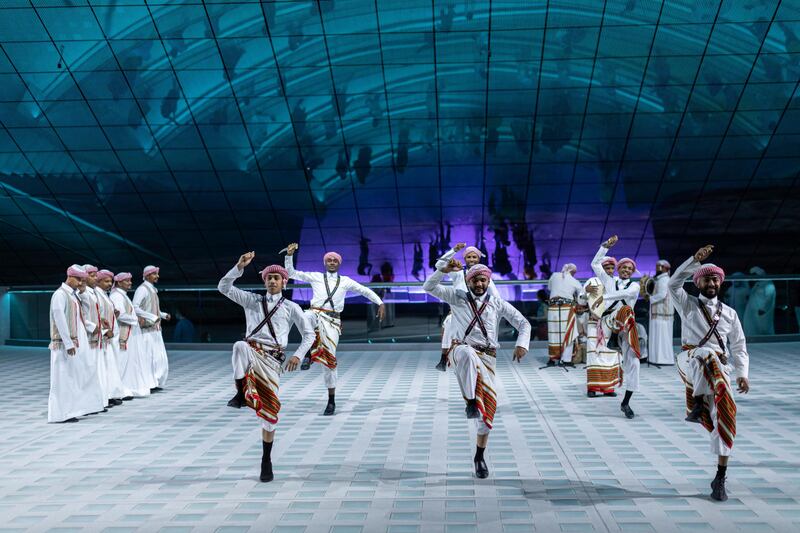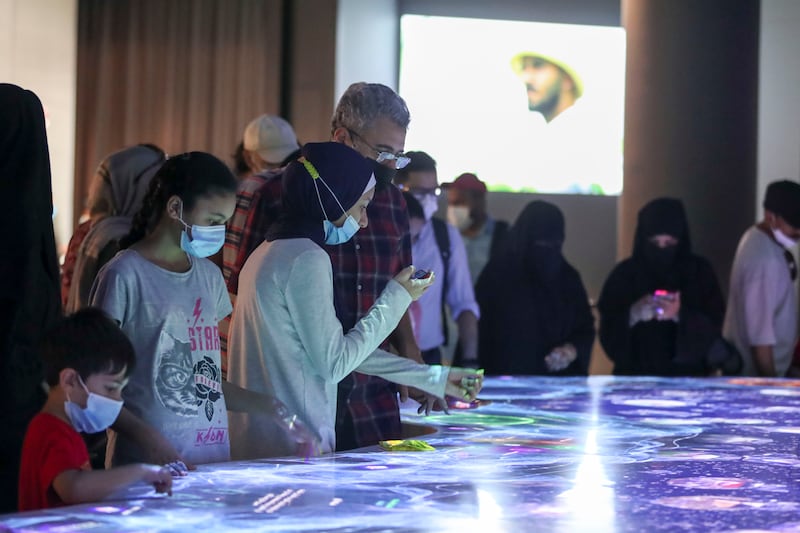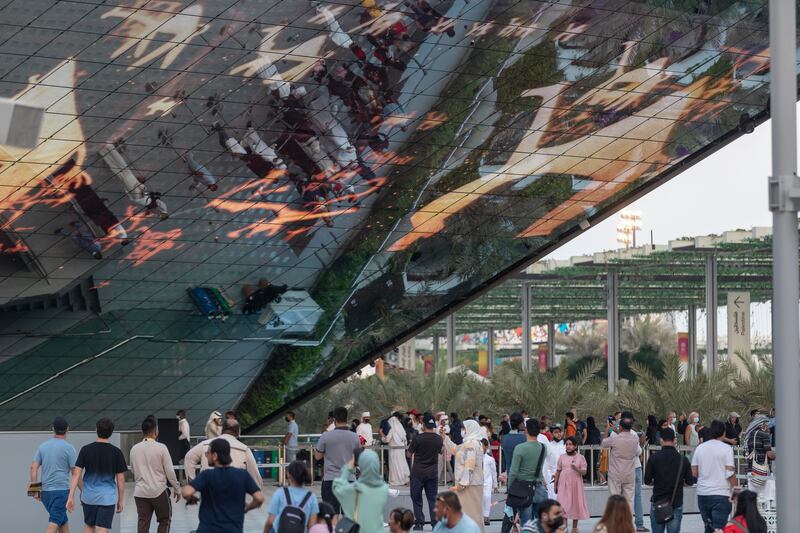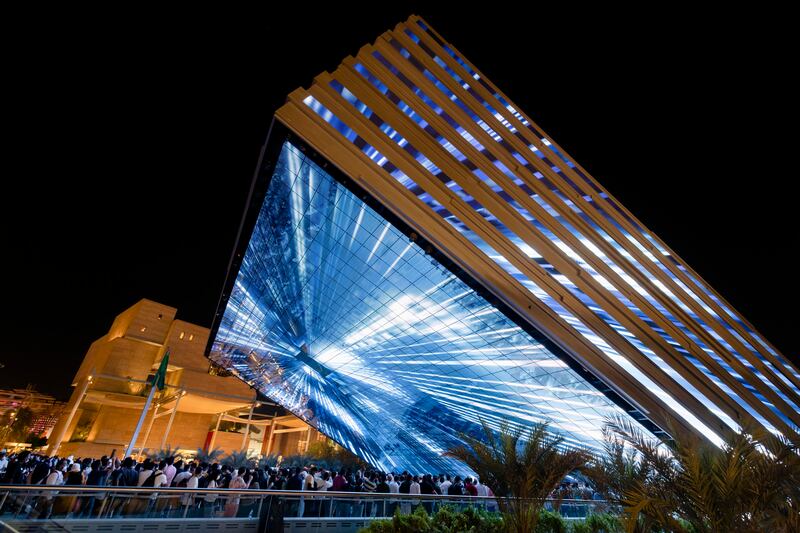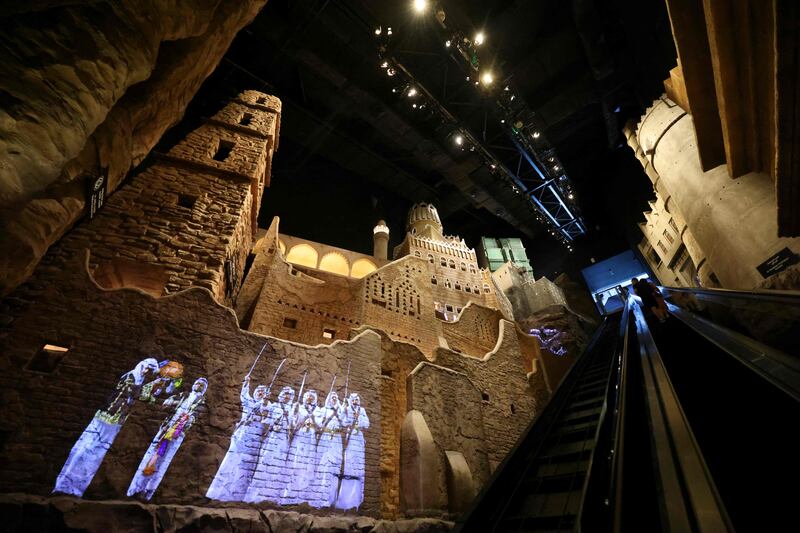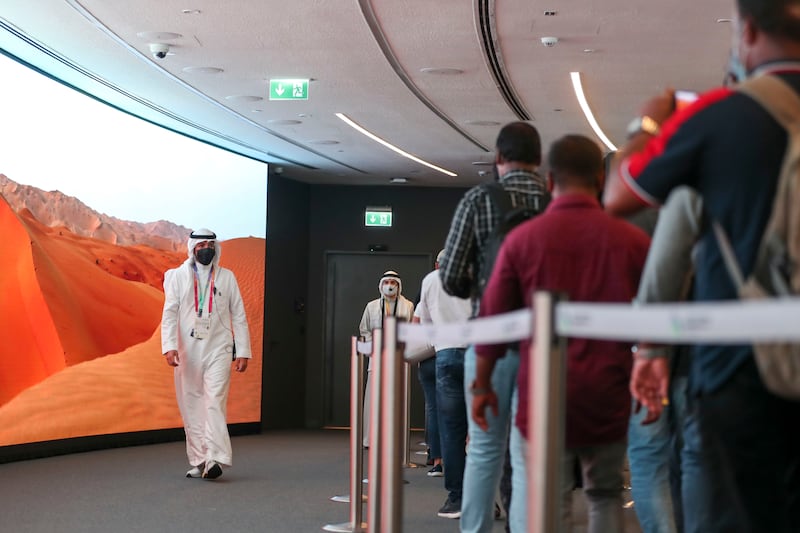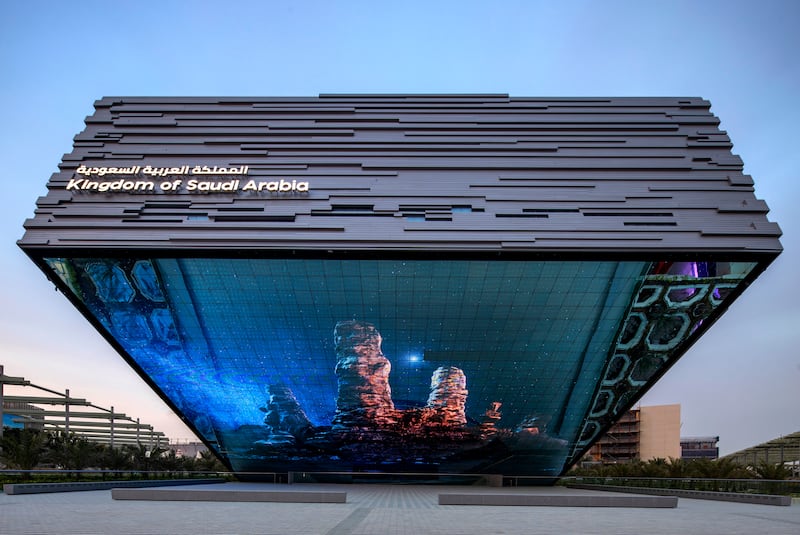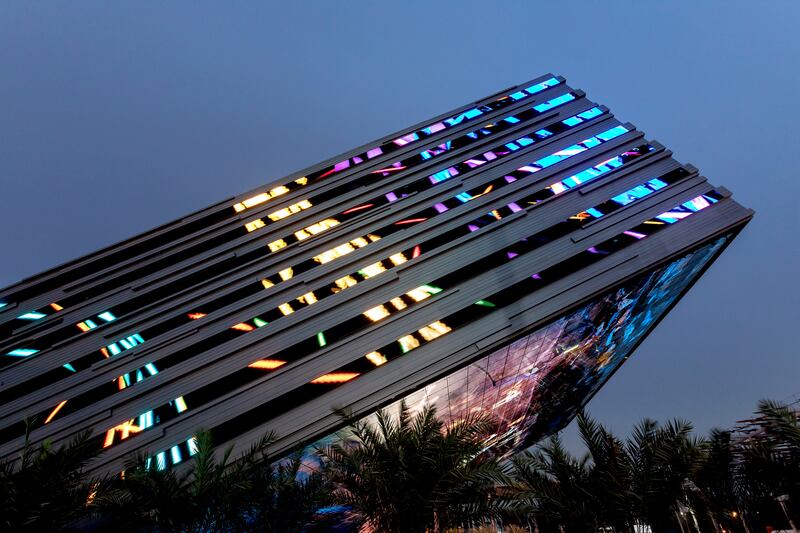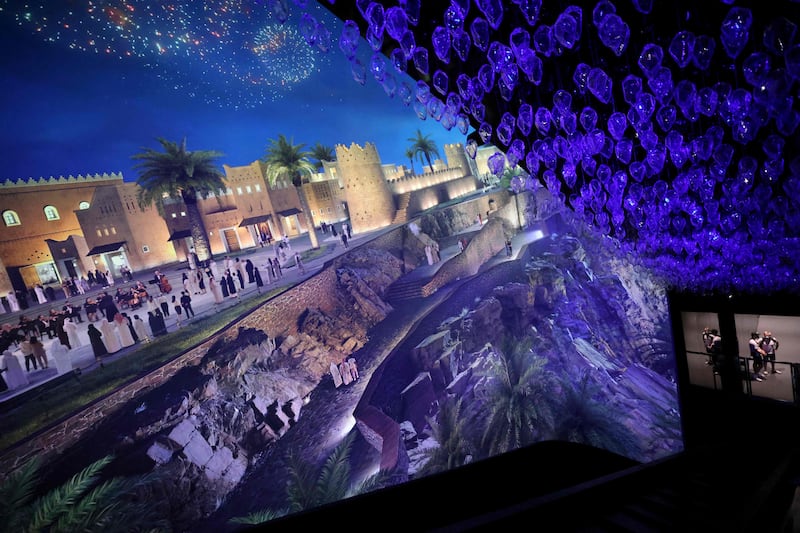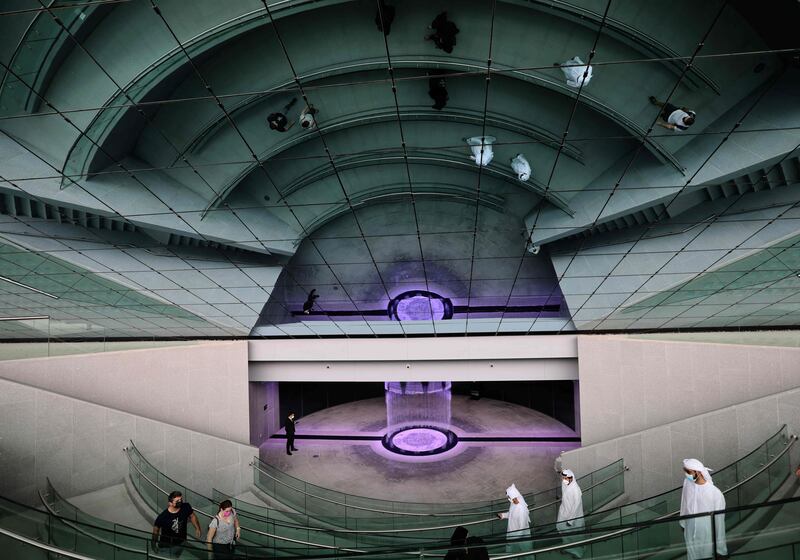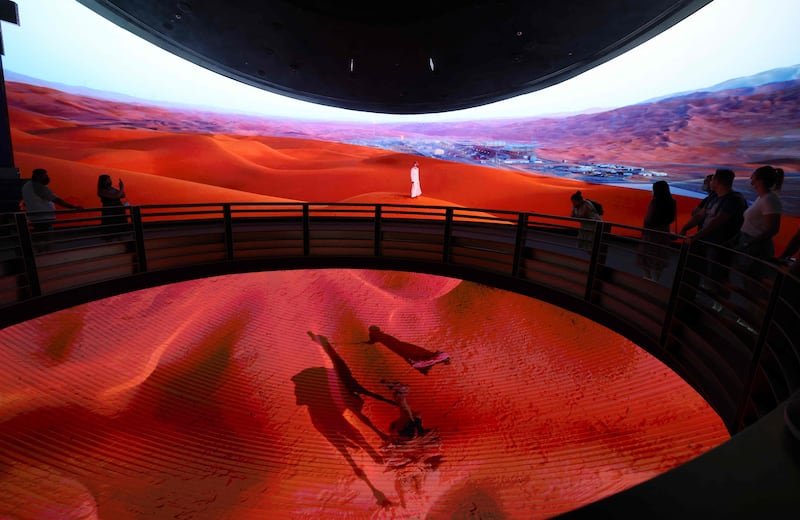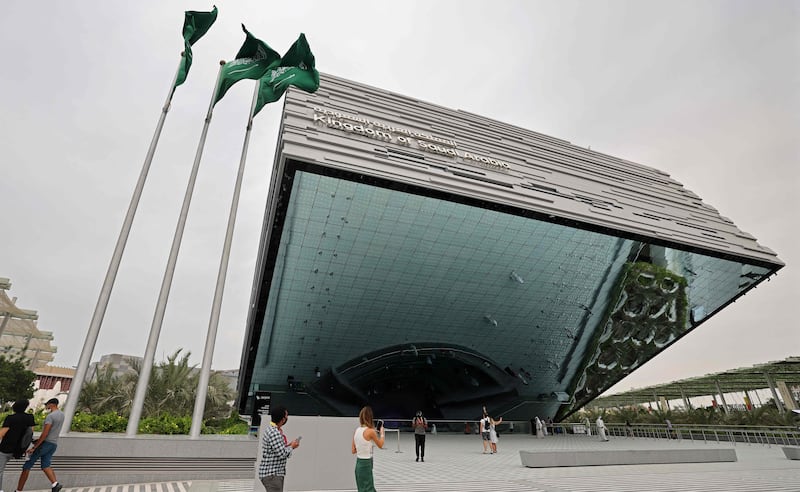From an isolated coastal expanse to a global tourism centre, Saudi Arabia’s Red Sea Project is paving the way as the blueprint for regenerative urbanism, which is more than just being sustainable.
The multibillion-dollar project, currently under construction on more than 90 islands off the kingdom’s west coast, has already created 2,000 jobs and has an end goal to employ 30,000 people when fully operational.
Dr Maryam Ficociello, chief governance officer for the Red Sea Development Company, said with three resorts scheduled to open to the public by the end of next year, that "depleting the natural environment" should never be an option when building future mega destinations.
“Regenerative urbanism is about creating a balance where buildings, their occupants and the surrounding systems, whether natural or man-made, work together,” she said during a panel discussion on urbanisation at the Saudi Pavilion at Expo 2020 Dubai.
“Our project spans an area of 32,000 square kilometres, it’s not small, but we have made the decision to only develop 1 per cent of that land and leave the majority of it untouched.
“We’ve been working on ensuring that we develop a tourism destination that is not just sustainable, but even more than that, [it's] regenerative.”
Replanting coral reefs
As early as 2016, Ms Ficociello said the team carried out social and environmental impact assessments to ensure that construction and development did not hurt the natural environment.
The core of the project was to build around nature and with nature, she said.
“We found that during that lengthy exercise there were lots of islands that were natural homes for turtles.”
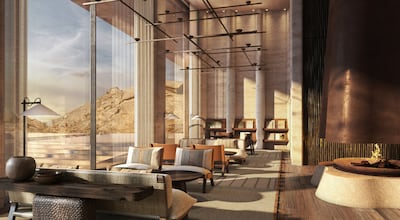
“Turtles do not change their homes. They continue to come back to where they were born for years and years, so we had to build away from those identified areas.
“We also found there were lots of islands that were home to migratory birds, so we made sure we master planned in areas that did not hurt the environment.”
With a vision to reach 30 per cent net positive conservation by 2040, Ms Ficociello said they have had to move and replant coral as part of the project.
To make way for a small amount of infrastructure, the developer had to uproot small areas of live coral reef and move it to an area where there would be less disruption.
“We have been moving it in a way that it doesn’t die, but we’re rebuilding and planting more as a result,” she said.
“That’s what we mean by regenerative tourism. We’re essentially regenerating the environment.”
Local workforce with hospitality skills
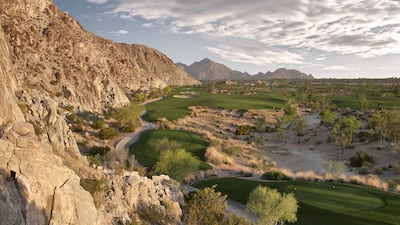
Citing the goals of Vision 2030, Ms Ficociello said efforts to achieve social sustainability were heavily imbedded in the project.
So far, as part of the Red Sea Project, 2,000 jobs have been created, including employees from villages and towns near to the development site.
The team has also worked with local farmers to provide fresh produce for the resorts such as figs, cucumbers and tomatoes.
“We need 30,000 employees to staff all the resorts so we are also working with universities to create technical and vocational programmes and courses in hospitality and management,” she said.
“We have had some students graduate already, but we want to add two, even three zeros to that number.
“In terms of employment statistics, we have so far reached 50 per cent Saudisation and 22 per cent of the total workforce at present is female. We want to work on that number to increase it.”
Saudisation, officially known as the Saudi nationalisation scheme, is a policy implemented by the kingdom’s government whereby Saudi companies and enterprises are required to fill their workforce with Saudi citizens to certain levels.
The Red Sea Project is part of a huge undertaking to build Saudi Arabia’s tourism industry and reduce its reliance on oil and diversify the economy.
It plans to attract tourists to kilometres of pristine beaches, heritage sites and luxury resorts.
The destination will offer a range of experiences, from island getaways to resort holidays, mountain retreats and desert adventures.
Once fully operational, the site aims to run on 100 per cent renewable energy and, being at the crossroads of Europe, Asia and Africa, can be reached within just four hours flying time by 250 million people.
